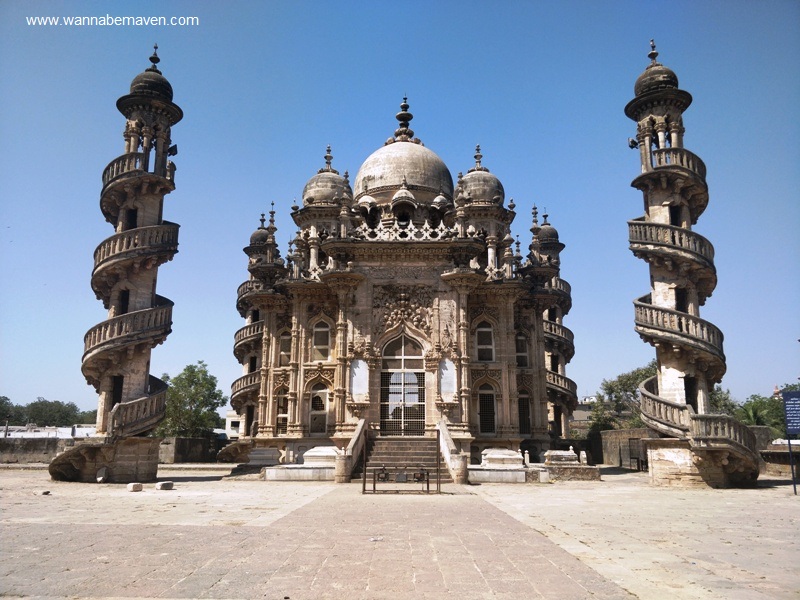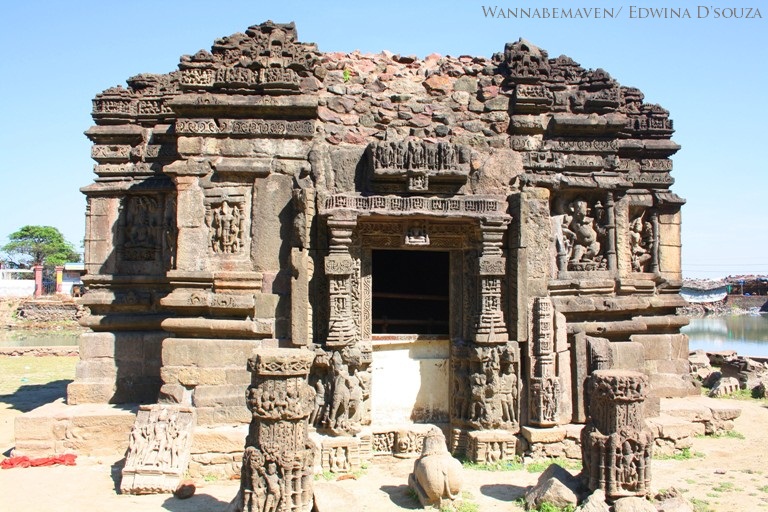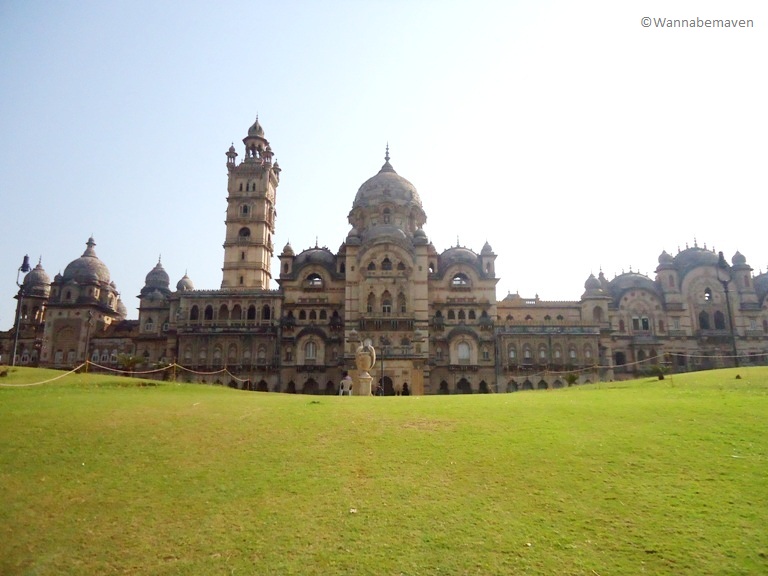India surprises me like no other. There are stories in every nook and corner. I was on my way to the Gir National Park in the Saurashtra region of Gujarat, when I took a detour to Junagadh. I’m doubtful if anyone plans a visit to Junagadh without clubbing it with Gir which is famous for the Asiatic Lions. However, I’m certain after my visit to Junagadh that this city can hold on its own and is great for travelers with a penchant for arts and culture.
Junagadh: A lesson in history
Walking around Junagadh is a history lesson in disguise. The ancient fortified city dates to 2300 years, ruled by several dynasties such as the Mauryas, Indo-Greeks, Guptas, Maitrakas and Chalukyas. In the 16th century, Junagadh came under the Mughal rule, which is when Sher Khan Babi took over the city. From there on, Junagadh was ruled by the Nawabs of Babi dynasty till India’s independence. Interestingly, when India was ready to gain freedom from the British and all the princely states were asked to combine to form a democratic India, the Nawab of Junagadh refused to ply as he wanted to merge with Pakistan. His decision was met with discontent from his inhabitants who were largely Hindus, so the Nawab left by himself and Junagadh was annexed to become a part of independent India.
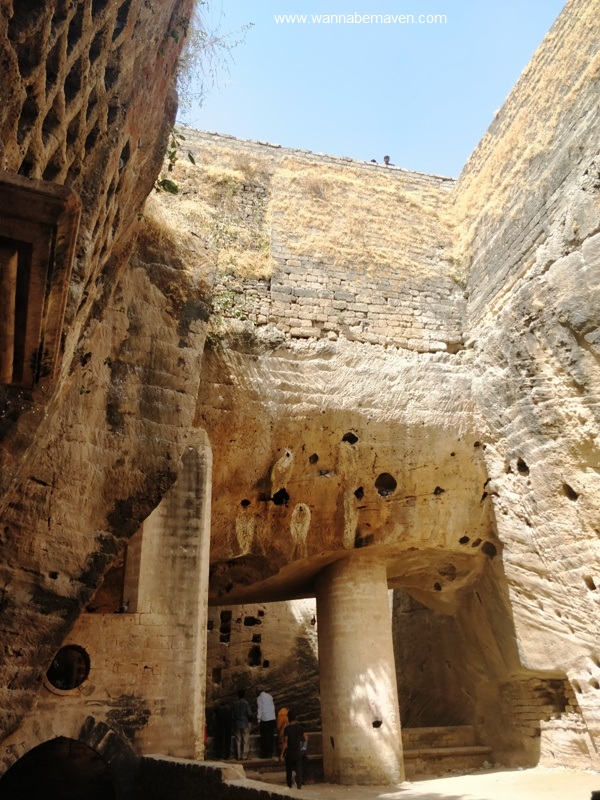
Historical places in Junagadh: Gujarat’s Taj Mahal
My first stop in Junagadh is the Mahabat ka Maqbara, which may well be the city’s most famous landmark. The Mahabat ka Maqbara has an uncanny resemblance to Agra’s Taj Mahal. It was commissioned by Nawab Mahabat Khan II of Junagadh between 1851 and 1882, as a mausoleum of Wazir Bahaduddinbhai Hasinbhai, one of the chief nobles in the royal court. Its architecture is a glorious blend of Indo, Islamic, European and Gothic styles evident from its onion shaped domes, French columns and delicate carvings. The most striking feature of the tomb is the fairytale-like spiral staircases wrapped around the minarets.
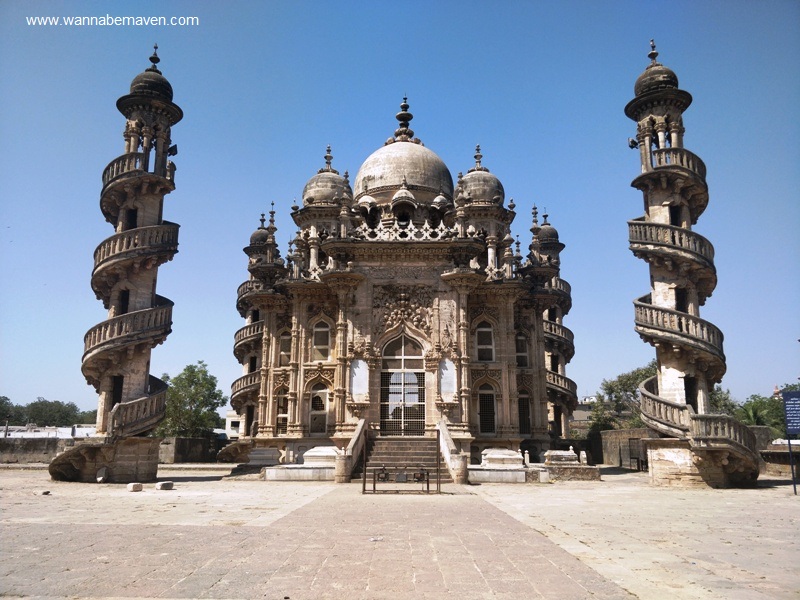
An ancient fort city
Junagadh means ‘Old fort’ and it is the Uperkot Fort that lends the city its name. The Uperkot Fort sits on a plateau in the heart of Junagadh, built in 319 BC during the reign of Chandragupta Maurya. On a morning, we drove through narrow winding lanes from the base of the fort towards the main entrance, while I occasionally gasped hoping we didn’t hit passersby walking dangerously close to the car. The strategic reason for winding roads was in case an enemy’s army broke through the ramparts, they would have had to slow down here and the inhabitants could attack the invaders from above with boiling oil and rocks.
My driver dropped me near the site of two huge cannon balls, named Neelam and Manek, overlooking Junagadh city. These were bought from Egypt in 1531 by the Ottomans, who were invited by Bahadur Shah of Gujarat to defend Diu from Portuguese invasion in 1537.
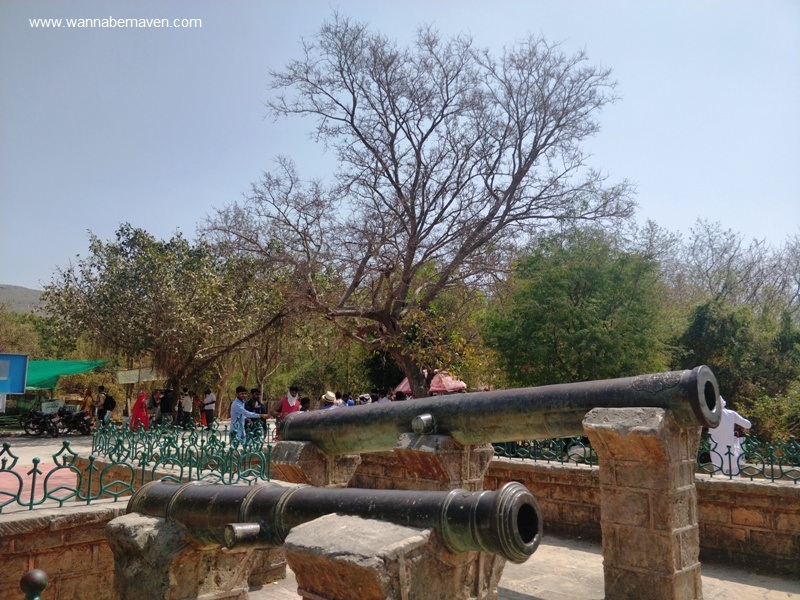
The fort complex has a magnificent mosque and a set of millennia-old Buddhist caves. I walked into the main hall of the dilapidated fort to see about 140 floor-to-ceiling pillars with weathered carvings and inscriptions. The hall doubled up for hawkers selling plastic toys, souvenirs and snacks to tourists. There are two baolis (step-wells) with their own stories to tell. The Adi-Chadi Vav of 100 feet is named after two slave girls who used to draw water from this 11th century well. The Navghan Kuvo plunges to 170 feet with rock cut circular staircases leading to the underground water cistern. Both the baolis may have been of great importance during its prime but were now unkempt with floating trash.
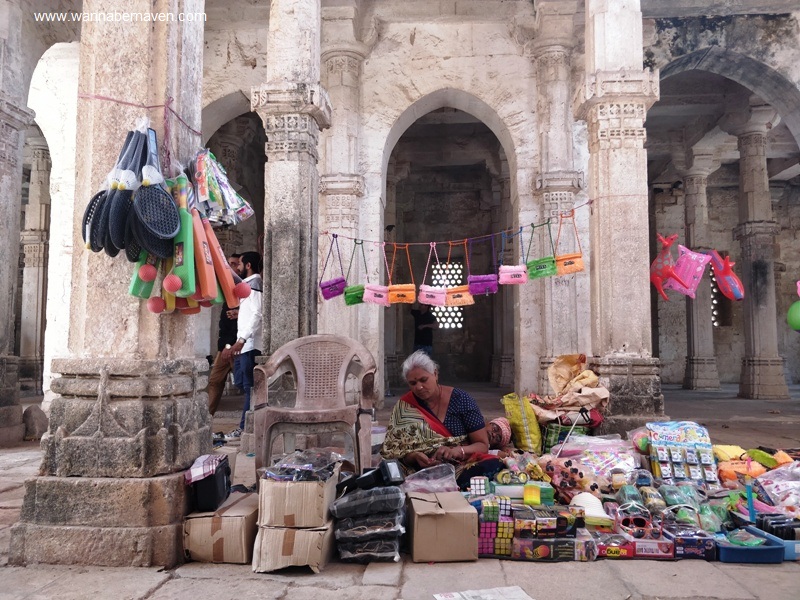
A sacred hill
Junagadh is located at the foot of Mount Girnar. It is an important site of worship for Hindus and Jains with temples scattered all over the mountain range. Jain pilgrims consider it auspicious to climb the 10,000 steps to reach the 12th century Neminath temple atop. The Girnar Hill has one of the 14 rock edicts (moral codes of the Buddha) which Emperor Ashoka scattered across the Indian subcontinent after he converted to Buddhism.
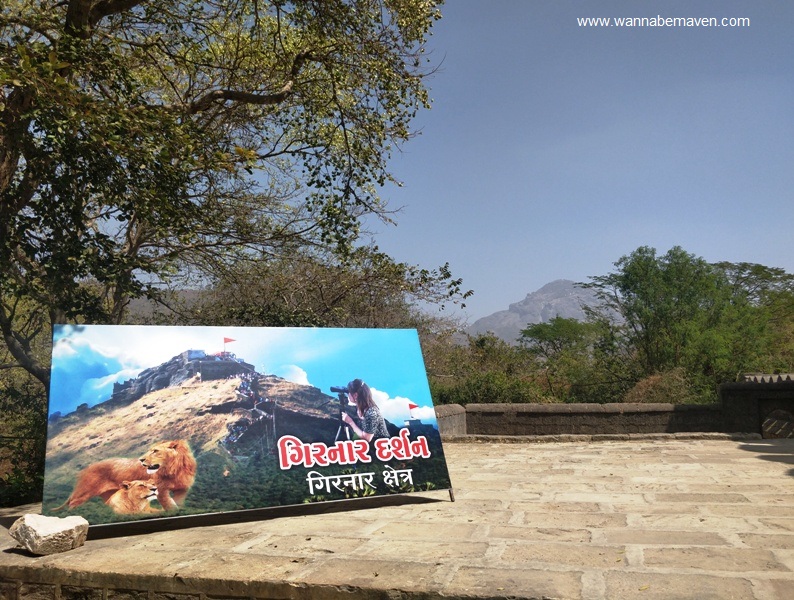
While I couldn’t muster the stamina to climb 10000 steps, I savoured the view of the Girnar hills from the Uperkot fort. A gentleman was selling darshan of the Girnar hill for 5 Rs. from his binoculars mounted on a tripod stand. The Girnar hill resembles a sleeping human face when seen from the distance. As I looked through the binoculars, the gentleman gave commentary in a hurried tone, ‘Can you see the mountain top? Can you see the nose? Can you see his smiling face? I exclaimed, ‘Yes, yes’ rather excitedly – satisfied with the view; and perhaps, Junagadh. The city had surprised me like no other.
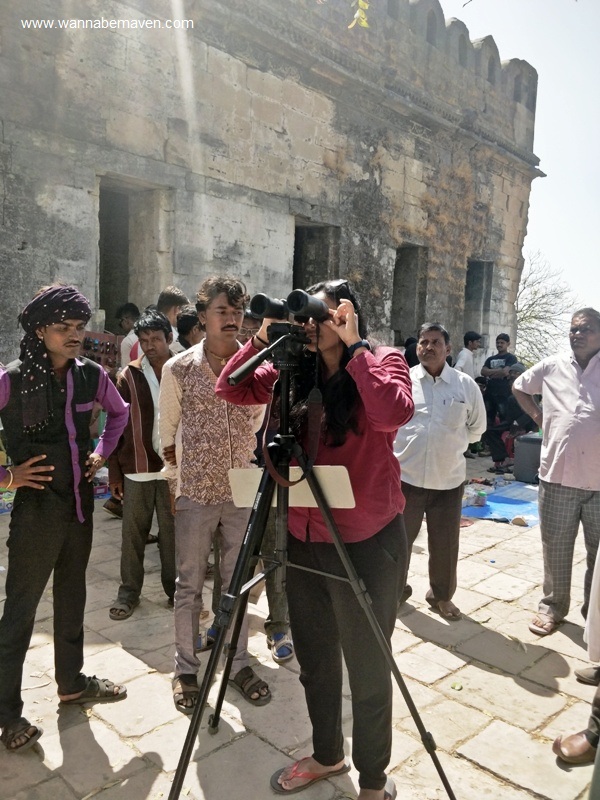
Getaway to Gir National park from Junagadh
Extensive game hunting during the British Raj resulted in the extinction of Asiatic lions. The Nawab of Junagadh pioneered conservation efforts to protect the last few Asiatic lions in his private hunting grounds, now called the Gir National Park. Today, Gir is the only place in Asia where one can find the Asiatic Lions. A jeep safari to view these majestic beasts in the wild is worth an experience.

Where to stay in Gir?
We kept Gir as our base, merely 45 minutes away from Junagadh, and stayed for two nights at the Asiatic Lion Lodge. The property is beautiful in the midst of nature and the rooms are very spacious. They also source 70 percent of the vegetables from their organic farm to prepare meals at their in-house restaurant. Every evening the hotel played a documentary on the wildlife at Gir in their open lawns over a bonfire. They also arranged for our safaris and local sightseeing. For more information, visit their website.
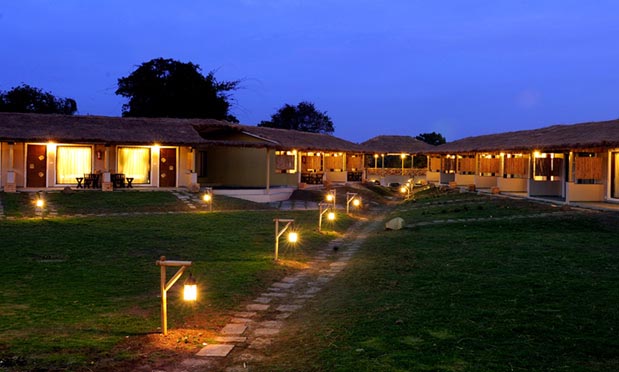
A version of this story first appeared in AirAsia India’s in-flight magazine (February 2020)
Vlog: Historical places in Junagadh
Liked this post on historical places in Junagadh? Also read…
Suggested reading:
a) Butter Chicken in Ludhiana: Travels in Small Town India by Pankaj Mishra
b) Around India in 80 Trains by Monisha Rajesh
Join my travel community
Want to discuss more about this trip? Come, say hello on my Instagram.
You can also follow my travels on Twitter and Facebook. Or Subscribe to this blog to receive notifications of my new posts in your inbox.
